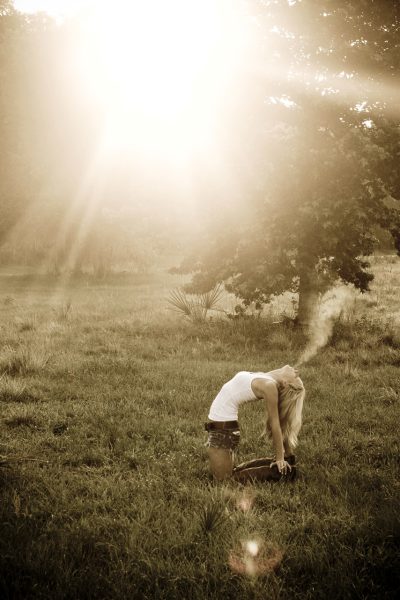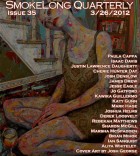Tell us how this story came about.
I was interested in the special “things” between people—relationships that can feel almost tangible, or like a third party that is always present. Especially relationships that get bulky enough to stumble over.
I enjoy how the Madness becomes so concrete as a character that it leaves the realm of metaphor—it eats the women’s shoes, gets bathed, and reacts beautifully to its coming-of-age party. Was this your intent from the beginning or was it a decision you discovered while drafting and revising the piece?
I’ve been told otherwise, but I think it was a logical direction. Even the most static relationships aren’t static. They’re always being altered by small things. The madness in this story changes with the changes between Ruth Ann and Ira.
I was also delighted that the Madness, described as rodent-like, also has “an old-man nose.” How or why did you come to visualize it this way?
I tried really hard not to visualize it entirely. I wanted it to stay sort of mysterious, since it does belong only to Ruth Ann and Ira. They’re the only ones who can see it, and they spend a lot of time choosing not to. And it’s always changing. Later it gets a proboscis, a backpack, and an antler. It really loves the antler.
I would, too. Lastly, there’s room to read the relationship between Ruth Ann and Ira in at least two ways here: as platonic roomies or as a couple fraught with the desire (or conflict) to have children. What’s their backstory?
They’re a couple, and fraught, yes. This piece is the first section in a larger project that watches them break apart. The madness has not grown to full size, as Ruth Ann hopes. There’s a lot more of it for her to contend with later on.


